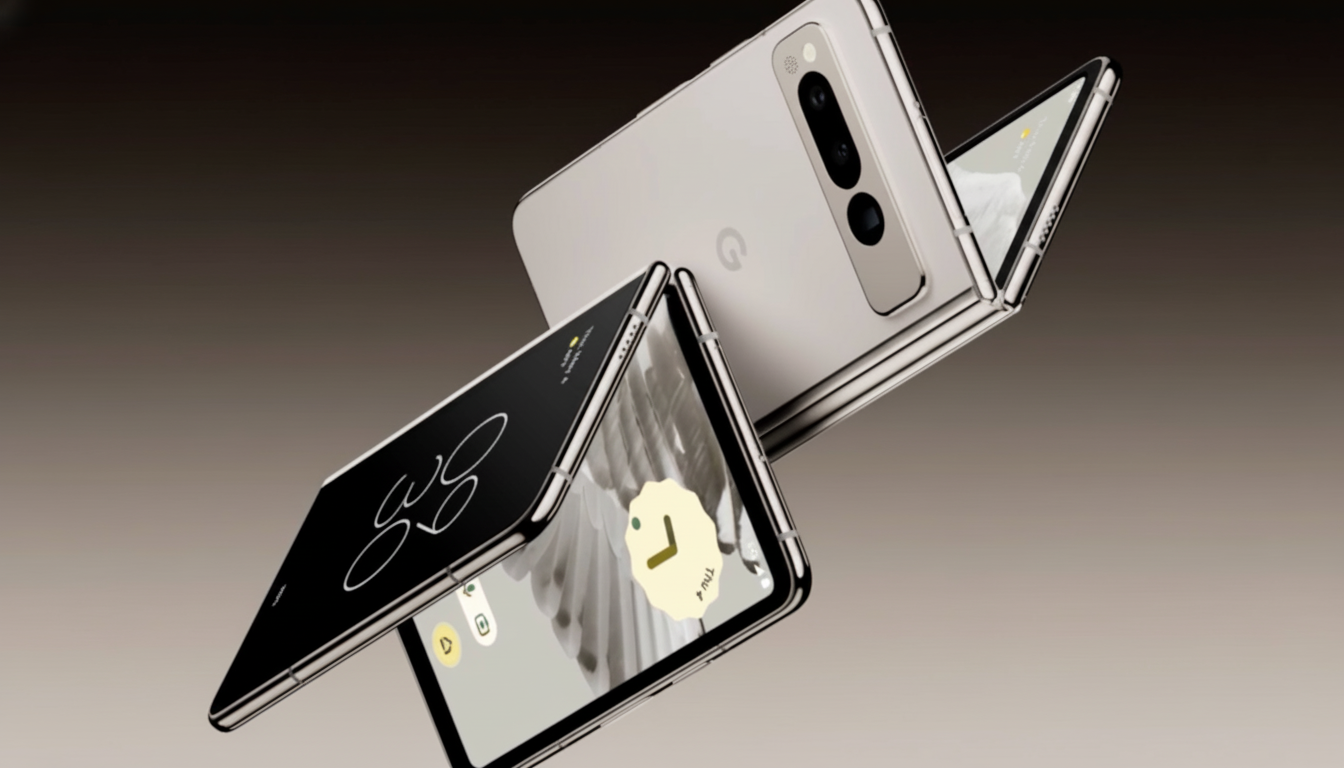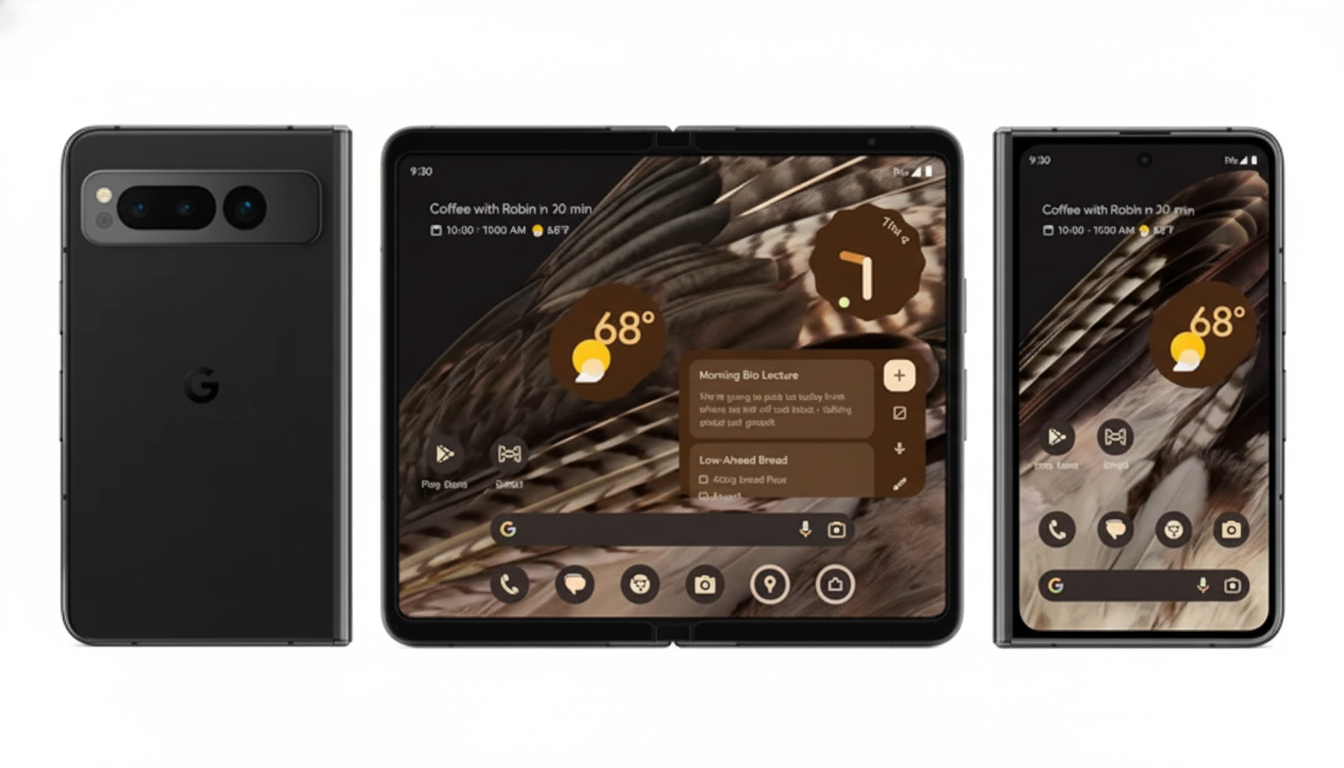Google’s foldable Pixels were meant to combine the brand’s well-honed software and camera magic with a tablet-sized canvas. The latest model, however, remains a reminder of a company that’s still hedging on the hardware basics that matter most in a $1,799 product. With competitors sprinting ahead on optics, performance, and build efficiency, Google needs to play catch-up with a strategic reset of its foldable roadmap.
Pixel Cameras Remain a Step Behind the Flagship Bar
Pixel phones built their name on photography, but the foldables arrive with camera systems that still fall behind Google’s own slab flagships. It is that inconsistency that falls short of the expectations of a full Pixel experience, in a folding form factor at least. And the gulf is more than theoretical: It appears in dynamic range, texture preservation, and telephoto reach where a smaller sensor and conservative optics dull the results when the light gets challenging.

Competitors aren’t waiting. Samsung’s premium foldable now boasts a high-res main sensor and a stronger zoom stack, while Vivo’s latest X Fold iteration teams up a 50MP periscope with a top-tier ultrawide (together with enhanced image processing). To have to accept a sub-12MP telephoto and an aging ultrawide on a premium Pixel foldable would be a compromise for buyers who shouldn’t be asked to settle, and it stops the new design in its tracks.
That matters, because camera parity is fundamental to the Pixel’s identity. Pixel slab phones are among the top performers, according to independent rankings from camera testing houses and pro reviewers. A foldable Pixel ought to continue that legacy, not merely resemble it. But until sensor size, lens quality, and feature parity (think advanced video modes and zoom levels far beyond current capability) are treated as non-negotiables, the foldable line will feel like Google’s second-tier Pixel.
Tensor’s Speed Isn’t Living Up to the Price
Google’s Tensor silicon remains a fantastic performer at things like on-device AI and just general responsiveness, and the improvement in thermals compared to earlier generations is substantial. But heavy lifting on a big, inner display—twitchy gaming, pro-grade photo editing, multitasking across a bunch of windows—reveals a performance ceiling that rivals running on Qualcomm’s freshest flagship chips just can’t touch.
Independent benchmarks such as Geekbench and 3DMark have consistently shown a difference in sustained CPU and GPU performance between current Tensor components and the latest Snapdragon silicon that fuels competing foldables. That differential may be acceptable on a midrange phone designed for smart features; it is not on a near-$2,000 device marketed as if it were an ersatz pocket computer. A foldable-phone-sized screen magnifies every dropped frame and heat spike.
If Google continues down the path of custom silicon, it will need more focus on sustained performance and graphical throughput. If not, then a strategic pivot such as the use of a hybrid silicon roadmap or the adoption of a one-off, bleeding-edge flagship SoC would be justified by fan and prospective pro user expectations who are buying foldables to leverage power.
The Market Is Moving Faster Than Google’s Roadmap
Foldables are not yet anywhere close to a mass-market product, but they are growing up fast. Counterpoint Research estimates foldables to account for about 2 percent of global smartphone shipments, and expects double-digit percentage growth as prices inch lower and devices get slimmer. IDC and Display Supply Chain Consultants have detailed slow-going advances in hinge durability, panel crease reduction, and reliability of ultra-thin glass—categories by which rivals are now promoting measurable improvements.

Weight and thickness are the next battlegrounds. A number of 2024 and 2025 models have pared tens of grams and shaved millimeters while incorporating larger batteries and faster charging. That has recalibrated consumer standards for pocketability and stamina. At a time when its rivals are pushing the envelope on efficiency and endurance at the same time, a big, fat Pixel foldable with so-so charging speeds and less impressive camera sensors could be out of step in just the wrong way.
What a Real Rethink Should Contain for Pixel Foldables
They simply must have camera parity with Pixel Pro slabs as a requirement. That means bigger 1/1.5-inch primary sensors, a decent periscope telephoto, and feature parity in computational imaging, which should mean higher-end video capture capabilities and low-light zoom. The foldable cannot remain the camera compromise for the Pixel lineup.
Second, deliver uncompromised performance. Whether through a next-gen Tensor that has a stronger GPU and doesn’t throttle, or it swaps to the fastest flagship SoC for those times, the foldable is going to need headroom for years of grueling apps. On big-screen devices, more becomes less; and more also goes to show!
Thirdly, take seriously design efficiency. Aim for a slimmer body, less weight, and a bigger battery that doesn’t compromise durability. A number of industry leaders are proving that tougher hinges, lighter frames, and better UTG can coexist. Faster wired and competitive wireless charging should be table stakes at this price.
Lastly, double down on software that renders the inner display indispensable. Android’s large-screen roadmap is controlled by Google; it should lead with best-in-class multitasking, app continuity, and developer tools that push top apps into fully adaptive layouts. The reference device for big-screen Android should be a foldable Pixel.
The Bottom Line on Google’s Current Pixel Foldables
Google doesn’t need to give up on foldables—it needs to compete on the level its rivals have set, and do what it did with Pixel slates many years ago. Fix the camera notch, end the performance gap, and shave the hardware. Do those three things and a foldable Pixel can finally fulfill that no-compromise dream the brand has long been chasing.

